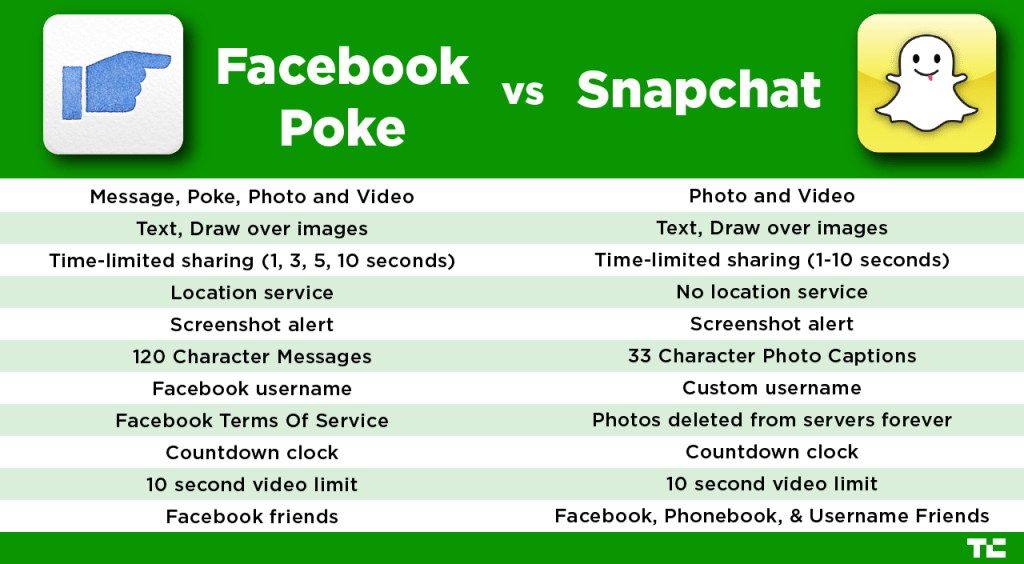
All of iPhone and Android users may be familiar with Snapchat, a messaging service which destroys the message within a selected time. Facebook has also launched a similar service called Poke, kindly visit my earlier Blog for details of the same. Now it seems iPhone users can save the so called safe destruct messages received by them to the hard drive without the sender ever knowing it.
Now it seems a flaw has been discovered in both of them. Unknown to the sender, who would be under the impression his/her message has been self destroyed, the receiver can actually retrieve the message and save the same in iPhones due to a security hole.

Navigate to the Snapchat folder. Open up the folder called "tmp." For Facebook's Poke, videos are stored a little deeper in the app's files, in library/caches/fbstore/mediacard. Copy the videos to your computer.
Post your comments, share it on Google + or Facebook and recommend this article to your friends.
Vijay Prabhu

Buzzfeed has detailed this flaw. The key is not to open the message, till the time the message i.e. the video or image is saved locally in you phone. You have to just retrieve it from the temporary folder. This can be done using iPhone by plugging the iPhone into a computer and using file browsing software like iFunBox to examine the contents of the phone.
Get iFunBox here
Get iFunBox here
Here is how to it : Receive a video in Snapchat or Poke. Don't open it! Just tap to load it. Again, don't open it. Plug your iPhone into your computer, and open up an iPhone file browser like iFunBox.
Navigate to the Snapchat folder. Open up the folder called "tmp." For Facebook's Poke, videos are stored a little deeper in the app's files, in library/caches/fbstore/mediacard. Copy the videos to your computer.
Both Poke and Snapchat alert the sender if the recipient attempts to take a screenshot of the picture or video before it disappears, but this method offers no such warning hence as of now it is fool proof. However Facebook has said that it is looking into the flaw and it is working on a fix for the bug. It told Buzzfeed: "Thanks for reaching out, and we are addressing this issue now. We should have a fix pushed shortly."
However Snapchat founder Evan Spiegel dismissed the concerns saying there will always be people who engage in what is called "Reverse Engineering" to find out flaw and bugs.
However given the scenario, senders may kindly be cautious and receivers may rejoice as far as self destroying messages are concerned.
Post your comments, share it on Google + or Facebook and recommend this article to your friends.
Vijay Prabhu









 :)
:)
 :-)
:-)
 :))
:))
 =))
=))
 :(
:(
 :-(
:-(
 :((
:((
 :d
:d
 :-d
:-d
 @-)
@-)
 :p
:p
 :o
:o
 :>)
:>)
 (o)
(o)
 [-(
[-(
 :-?
:-?
 (p)
(p)
 :-s
:-s
 (m)
(m)
 8-)
8-)
 :-t
:-t
 :-b
:-b
 b-(
b-(
 :-#
:-#
 =p~
=p~
 :-$
:-$
 (b)
(b)
 (f)
(f)
 x-)
x-)
 (k)
(k)
 (h)
(h)
 (c)
(c)
 cheer
cheer














Nice post.
ReplyDelete